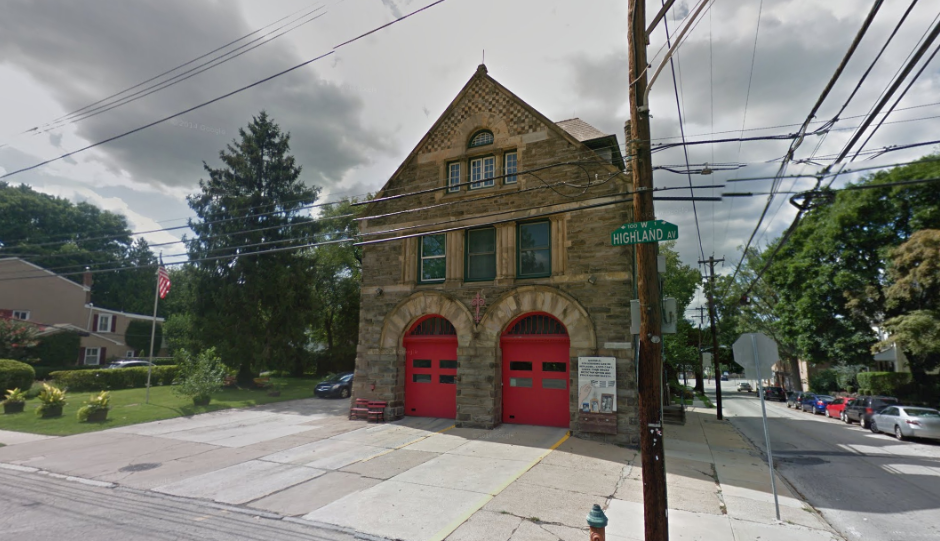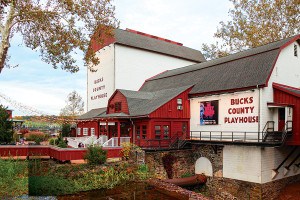Chestnut Hill Firehouse Deemed Historic, New One on the Way
The Philadelphia Historical Commission has decided to historically designate Engine 37 at 101 W. Highland Ave. in Chestnut Hill. The implications of the unanimous vote are actually two-fold, reports Jana Shea of Newsworks.
First and foremost, the facade of oldest active fire house in the city will remain intact. The station dates back to 1894 and was designed by John T. Windrim, whose work also includes the Franklin Institute (among others). Secondly, even with its historic, yet antiquated, charm (i.e. narrow garage doors), the facade will remain as-is and that means Chestnut Hill will be getting a new station fit for the modern needs of fighting fire in its place. Here’s more from Shea on what looks like a major win-win for all parties involved:
Where the future station might be located has yet to be settled, but the [Chestnut Hill Fire House Coalition] believes building a new state-of-the-art facility on an empty lot next to the fire house is the most viable option available … [Coalition member Patricia] Cove says the hope is to keep the existing fire house in use as separate sleeping quarters, kitchen and dining area, plus equipment storage for Engine 37 firefighters.
A proposal for widening the garage doors had been an idea that was floating around in order to accommodate the bulky fire engine, which barely fits inside the building. However, that would have called for severely altering the facade and throwing its original scale out of whack. The historic designation means that there is now no need to even think about messing with it, as the modern building seems as though it will have all the bells and whistles to fit the fire engine and then some.
There is one urgent need for the Richardson Romanesque-style building: the leaky roof. “It’s a top priority and will be addressed before beginning any new plans.” reports Shea.
You can read more about how the Chestnut Hill Community Association actually set the preservation wheels in motion over three years ago by hitting up the link below.



